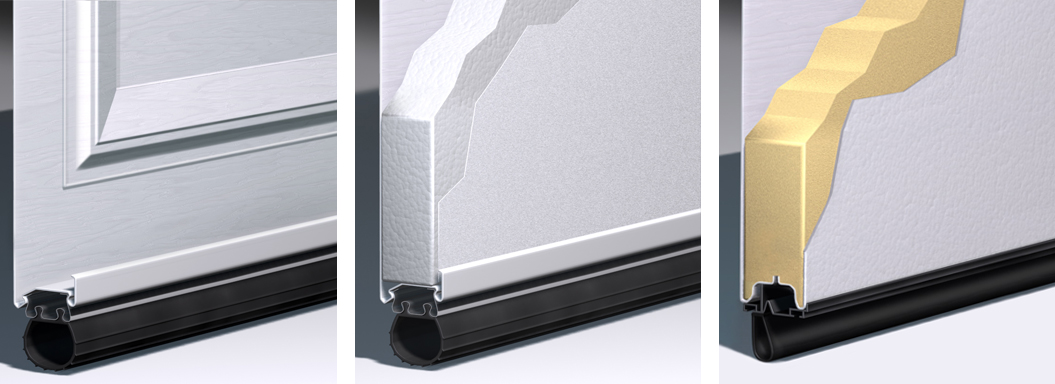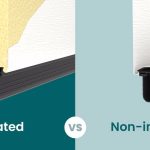
Insulated Garage Doors: The Sensible Solution for 5 Common Garage Problems
Apr 7, 2017
Garage Doors
4 minute read
These days, many homeowners are finding increased value, and even increased happiness, in a new garage door. That’s no surprise according to a study done by LiftMaster, 7 out of 10 homeowners use their garage door as the primary entrance to their home. Though garage doors are so prominent on our homes today, many garages are still “unconditioned space,” meaning there are fewer barriers to the outside than there are in a living room or a bedroom. An insulated garage door is a great addition to your unconditioned garage space to solve common problems in garages.
Most Amarr garage doors offer two types of insulation polystyrene and polyurethane. Either material will improve the insulating value of your door, though there is a difference between the two. Polystyrene provides adequate insulation at a great value, but polyurethane is denser and is a superior insulator.

Amarr garage doors are available with no insulation (left), polystyrene insulation with vinyl backing (center), or polyurethane insulation with steel backing (right).
Problem 1 – My garage is too cold!
In areas of extreme cold temperatures, an insulated garage door is a must. If you find that your garage stays cold in the winter, consider upgrading to an insulated garage door. Without insulation, garage doors will not keep out much of the cold or seal in much heat. An insulated garage door could mean the difference between a below freezing temperature outside and an above freezing temperature in the garage!
Problem 2 – My garage is too hot!
Yes, an insulated garage door helps your garage stay cooler than the rising hot temperatures of summer. If you find that your garage gets as hot as a summer day, upgrade to an insulated garage door. Non-insulated garage doors will not keep out much of the hot air or seal in any cooler temperature inside a garage. An insulated garage door could mean almost a 20 degree Fahrenheit difference between the outside temperature and the temperature in the garage, according to Remodeling magazine!
Problem 3 I have living space attached to the garage that’s frigid in the winter, and my energy bills are high.
Conditioned spaces attached to garages also benefit from a “buffer zone” created by an insulated garage door. Because insulated garage doors keep the temperature warmer inside the garage than outside on a winter day or cooler inside than on a summer day, they act as a buffer and help maintain the inside temperature and keep energy costs down. According to the polyurethane manufacturer Dow, an insulated garage door can help the average homeowner save up to 20% on their annual energy costs.

Need to Replace or Repair Your Garage Door?

Is your garage so cold that your car is affected? Insulated garage doors can fix that.
Problem 4 The garage door is so noisy, I can hear the opening and closing when I’m in the house.
Did you know that insulated garage doors minimize noise when in motion? The insulation dampens the clattering sound that non-insulated steel garage doors often make, meaning insulated doors are significantly quieter and provide much-needed relief for many homeowners with loud garage doors!
Problem 5 My kids have hit the garage door with their basketball and caused so many dents that I have to replace the door!
Good news for homeowners with playful kids: insulated garage doors are considerably more rigid than their non-insulated counterparts, thus helping them endure minor impacts, such as rebounded basketballs. Polyurethane insulation provides the most strength.
Want more benefits of insulated garage doors? Check out the following infographic from our polyurethane manufacturer, Dow, courtesy of Door + Access Systems Magazine! Click the picture to view it in full size.















